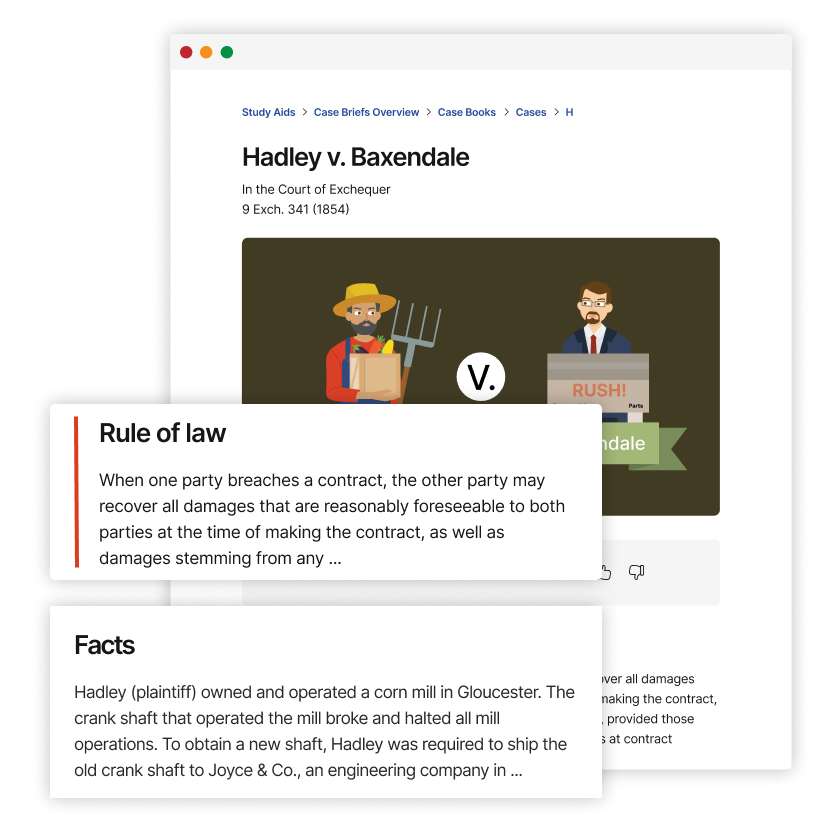Kiser v. Clinchfield Coal Corp.
Virginia Supreme Court
106 S.E.2d 601, 200 Va. 517 (1959)

- Written by Laura Julien, JD
Facts
On January 31, 1884, James Kiser and his wife conveyed 117 acres of land to their son Schofield. The deed did not contain an exception for the mineral interest. On December 7, 1887, James, his wife, and some of their children (excluding Schofield) conveyed the 117-acre mineral interest to Tazewell Coal and Iron Company (Tazewell Coal). On November 30, 1888, the 1884 deed from James and his wife to Schofield was recorded. Schofield held possession of the 117-acre property from 1884 until 1891. On December 12, 1891, Schofield executed a deed to James Kiser and his wife for the 117 acres, with the exception of the mineral interest. At the time the 1887 deed was executed to Tazewell Coal, common law provided that Schofield’s mere possession of the property was sufficient to place Tazewell Coal on notice of Schofield’s 1884 deed. However, in 1900 Virginia adopted a recording statute abrogating the common law and establishing that possession of property was not alone sufficient to place subsequent purchasers on notice of a competing party’s interest. In 1902 Tazewell Coal conveyed an undivided three-fourths interest in the mineral estate to William Patrick and a one-fourth interest in the mineral estate to L. C. Ware. In 1907, through mesne conveyances, the mineral interest passed to Clinchfield Coal Corporation (plaintiff). Schofield’s deed did not appear in Clinchfield Coal’s chain-of-title search. Clinchfield Coal filed a bill in chancery alleging trespass against Mont Kiser (defendant), a successor in interest of James, and seeking the court’s declaration of its title to the mineral estate. The circuit court found in favor of Clinchfield Coal. Mont appealed the judgment.
Rule of Law
Issue
Holding and Reasoning (Whittle, J.)
What to do next…
Here's why 899,000 law students have relied on our case briefs:
- Written by law professors and practitioners, not other law students. 47,000 briefs, keyed to 994 casebooks. Top-notch customer support.
- The right amount of information, includes the facts, issues, rule of law, holding and reasoning, and any concurrences and dissents.
- Access in your classes, works on your mobile and tablet. Massive library of related video lessons and high quality multiple-choice questions.
- Easy to use, uniform format for every case brief. Written in plain English, not in legalese. Our briefs summarize and simplify; they don’t just repeat the court’s language.




